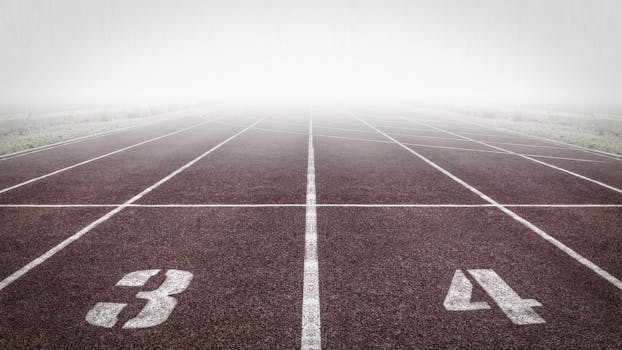
Understanding Side Stitches
Side stitches, also known as exercise-related transient abdominal pain, are a common issue for runners and athletes. They cause a sharp pain along the side of the abdomen, often disrupting workouts and runs. Knowing how to prevent and manage side stitches can help you enjoy your activities pain-free.
Causes of Side Stitches
- Eating too soon before exercise
- Shallow or improper breathing patterns
- Poor posture during physical activity
- Inadequate warm-up before intense exercise
Immediate Relief Techniques
- Slow Down or Stop: If you feel a stitch coming on, slow your pace or pause your activity.
- Apply Pressure: Gently press your hand into the area where you feel the pain and bend forward slightly.
- Deep Breathing: Inhale deeply through your nose and exhale through your mouth, focusing on relaxing your abdominal muscles.
- Stretch the Area: Raise your arm on the side of the stitch and lean in the opposite direction to stretch your side muscles.
Prevention Tips
- Watch Your Meals: Avoid eating large meals or drinking sugary beverages right before exercise. Allow 1-2 hours for digestion.
- Warm Up: Prepare your body with a proper warm-up to get your muscles ready.
- Practice Good Breathing: Use deep, belly breathing during exercise instead of shallow chest breathing.
- Build Core Strength: Strengthen your abdominal muscles with regular core exercises to add stability and reduce the risk of stitches.
When to See a Doctor
Most side stitches are harmless and go away quickly. However, if you experience severe or persistent abdominal pain unrelated to exercise, consult a healthcare professional as it may indicate a more serious issue.
Conclusion
Side stitches can be an annoying obstacle, but they don’t have to derail your workouts. By understanding their causes and applying preventative strategies, you can minimize their occurrence and keep moving comfortably.
Comments
Post a Comment